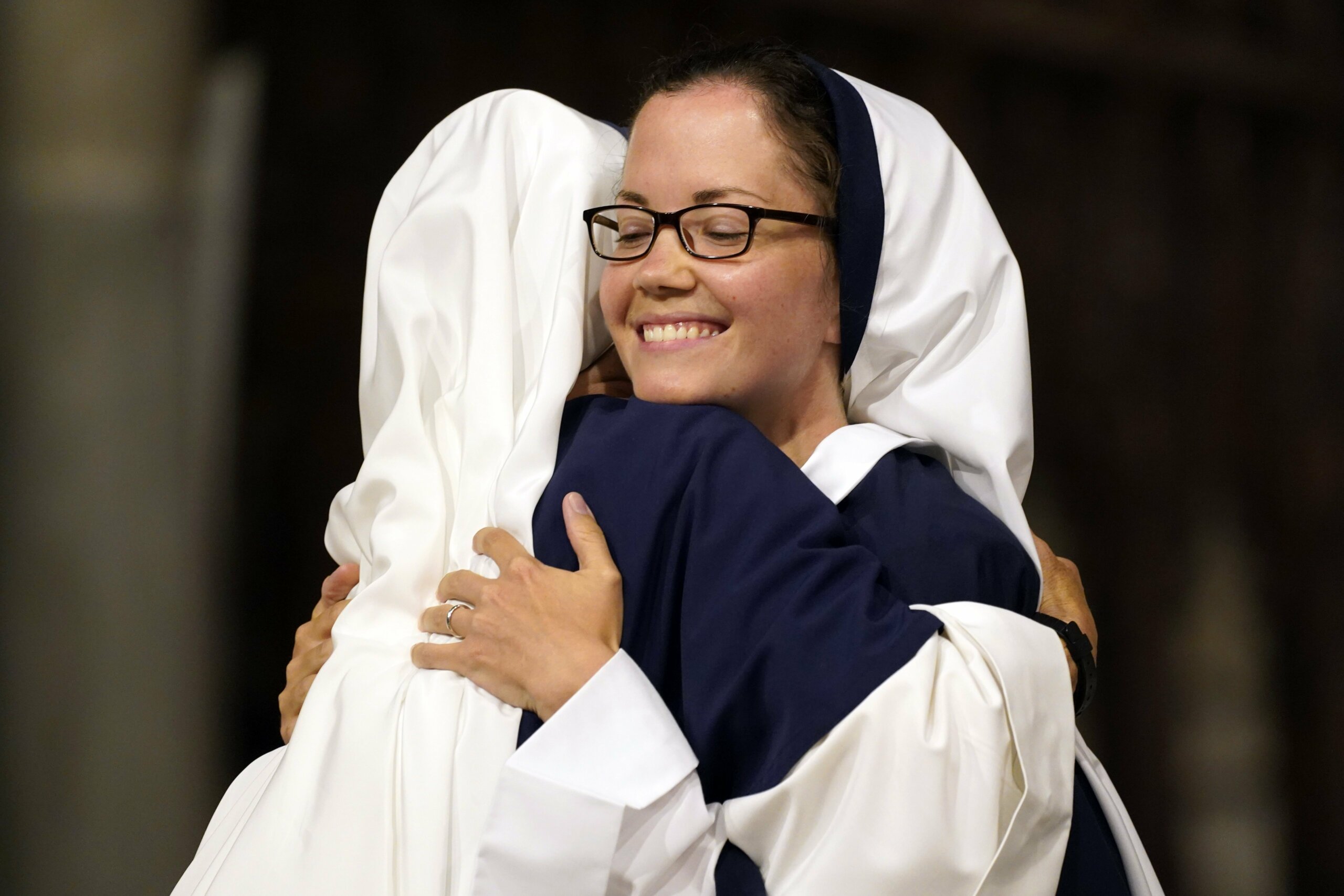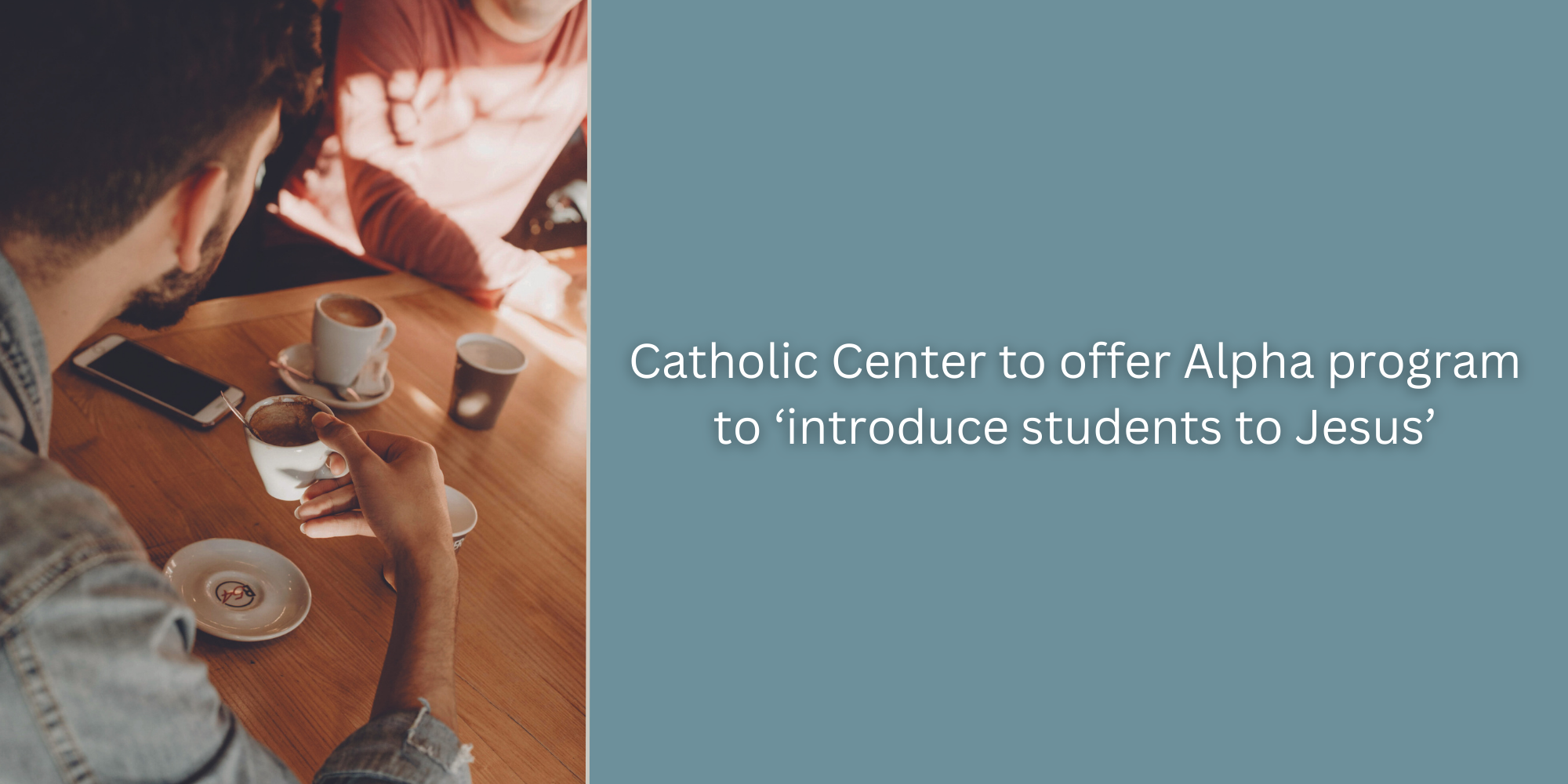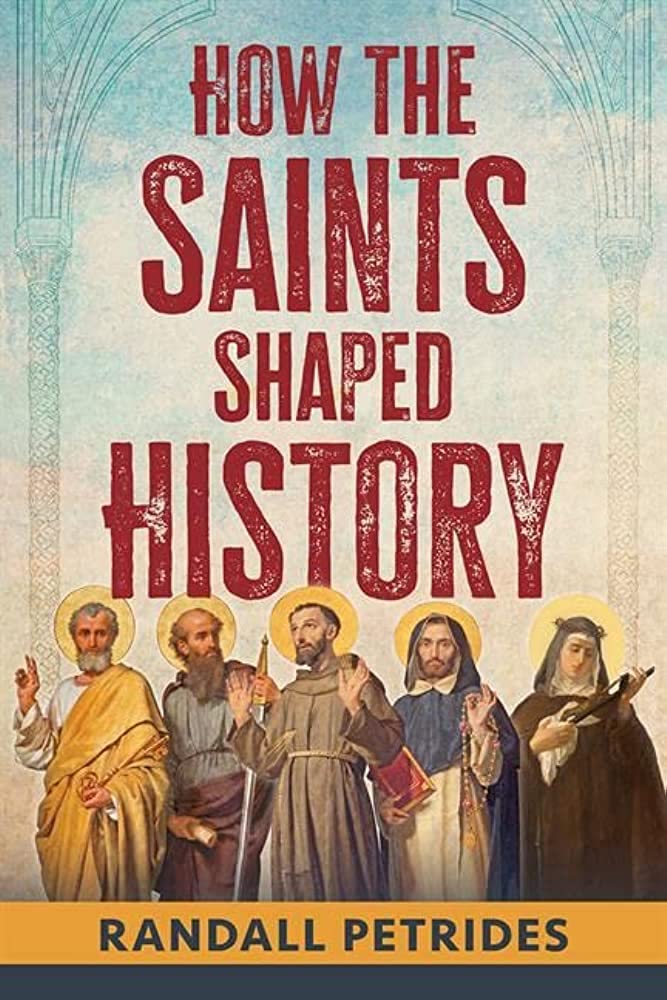
Every year the U.S. Catholic Church dedicates a week in November to pray for and promote vocations to the priesthood, the diaconate and consecrated life through prayer and education.
This year National Vocation Awareness Week is Nov. 5-11, and Catholic organizations, dioceses, schools, and local parish communities are sponsoring events and providing different resources to raise awareness for vocations, and help those who are discerning a vocation, particularly one to ordained ministry or consecrated life.
“During this week, the Church gives thanks to God for the faithful example of husbands and wives, and joyful witness of ordained ministers and consecrated persons,” said an Oct. 30 statement from Bishop Earl Boyea of Lansing, Michigan, chairman of the U.S. Conference of Catholic Bishops’ Committee on Clergy, Consecrated Life and Vocations.
“We pray that many more men and women will be open to the movement of the Holy Spirit in their hearts as they discern the mission God has for them,” he said.
Bishop Austin Vetter of Helena, Montana, a member of the USCCB vocations committee,
said the week is a “wonderful time for us to hone in our efforts” to promote vocations.
“We should always have vocation awareness and always asking God for an increase of vocations to the priesthood and religious life around around the world and for our own local churches,” he said, underscoring the importance of the weeklong focus “to heighten awareness” about the need for vocations and have this on “the forefront of our minds.”
The bishop, whose statement accompanied Bishop Boyea’s remarks in a USCCB news release, also is episcopal liaison to the National Conference of Diocesan Vocation Directors, the National Religious Vocation Conference and Serra International.
Bishop Vetter emphasized that National Vocation Awareness Week offers a special opportunity for “redoubling our efforts of prayer that young people would be able to hear the voice — the quiet, gentle voice many times — of Jesus inviting them into a vocation as a priest or religious.”
“It’s such a beautiful life and it’s such a needed life and a life that is so loved by our people,” he added, noting his own prayers “and commitment to do my part” to increase vocations.
Beginning in 1976, the U.S. bishops designated the 28th Sunday of the year as an opportunity for the Catholic Church in the United States to renew its prayerful support for those discerning an ecclesial vocation. In 2014, the Committee on Clergy, Consecrated Life and Vocations committee elected to move the observance to the first week of November “to better engage Catholic educational institutions in the efforts to raise awareness for vocations,” according to the USCCB news release.





